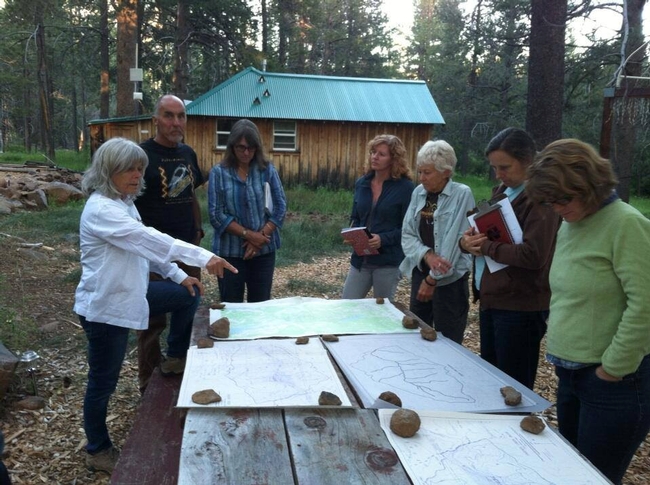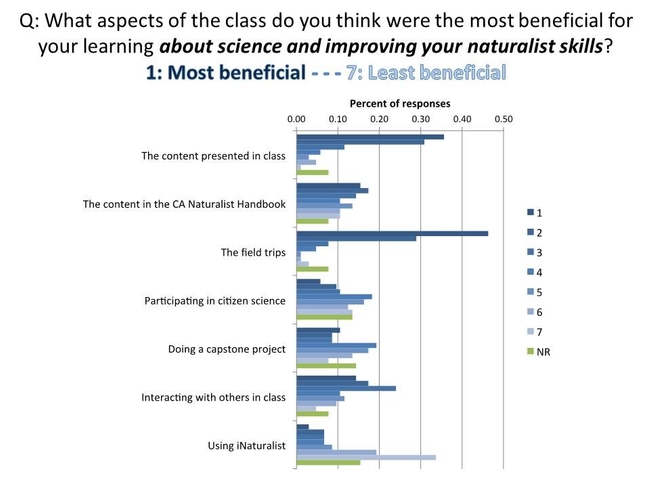UC Blogs
Miku for You
Save Precious Water
Innovative Collection
U take up the Task!
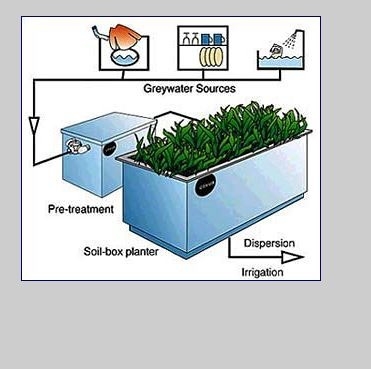
Source: Commonfloor Articles Sayangupta BlogSpot.com
Orange Blossom Special
If you like oranges, you can thank a honey bee. Oranges are 90 percent dependent on honey bees for pollination. Remember that week of...
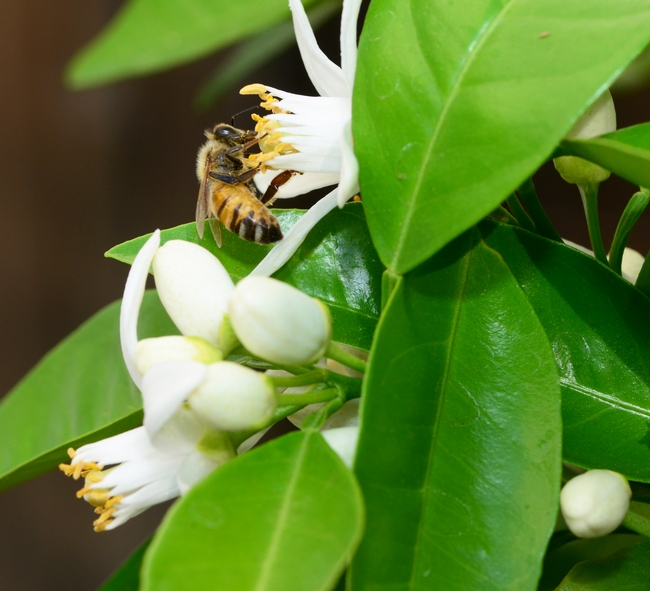
A honey bee pollinating an orange blossom. (Photo by Kathy Keatley Garvey)
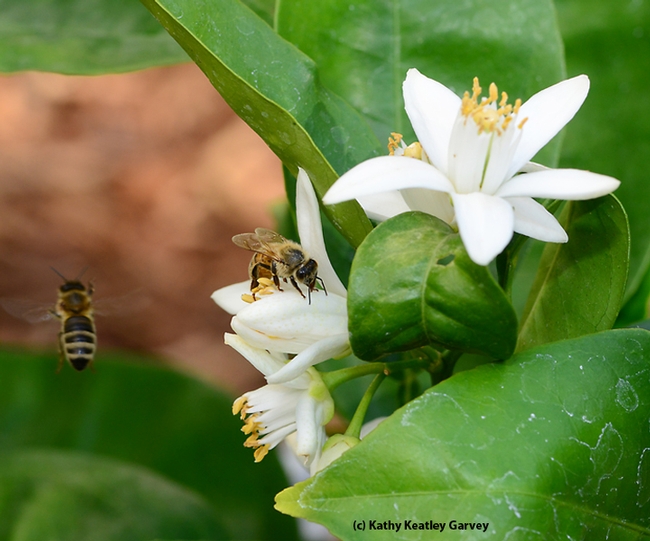
One bee forages while another takes flight. (Photo by Kathy Keatley Garvey)
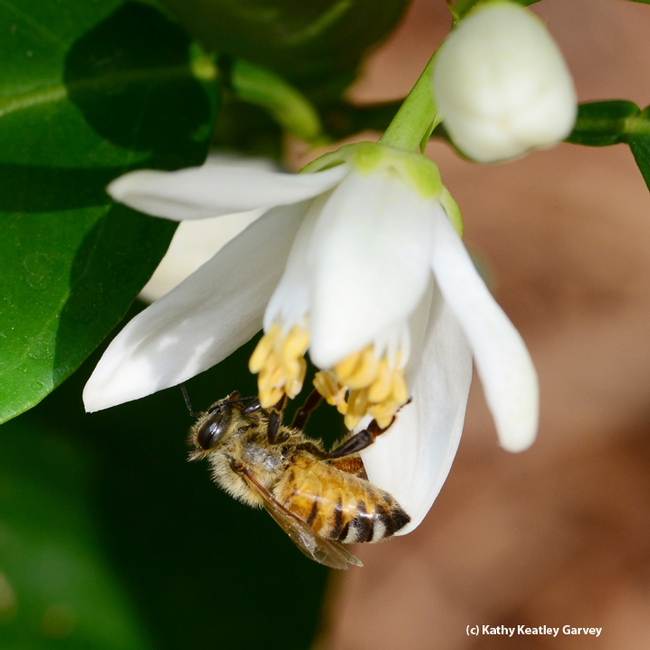
Close-up of honey bee on an orange blossom. (Photo by Kathy Keatley Garvey)
Honey Bee Impostor
It's often mistaken for a honey bee. Indeed, to the untrained eye, the drone fly (Eristalis tenax) appears to be a bee. It's not; it's a...
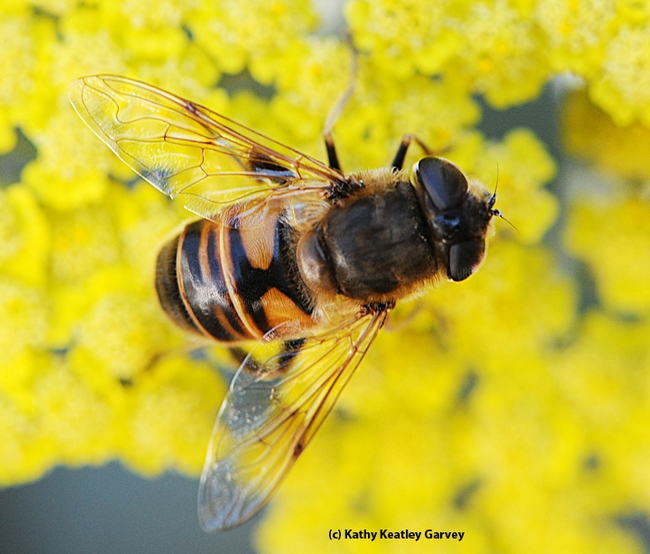
The drone fly, Eristalis tenax, is often mistaken for a bee. The fly has the letter "H" on its thorax. (Photo by Kathy Keatley Garvey)
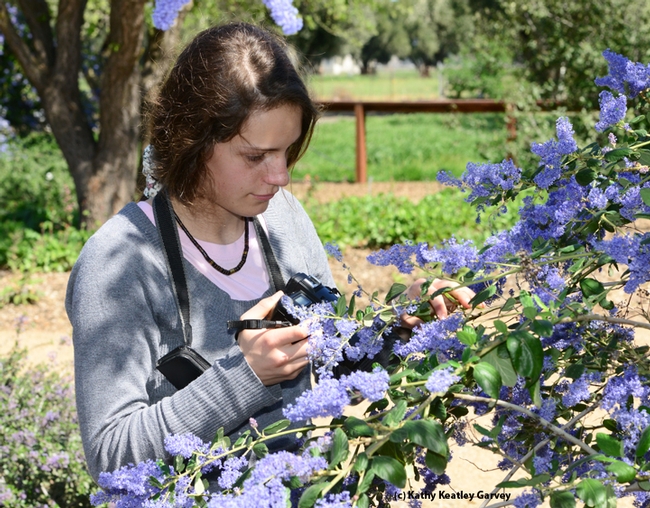
essie Brown, 14, a junior UC Master Gardener with the Lake Tahoe Master Gardeners, photographs insects in the ceanothus at the Häagen-Dazs Honey Bee Haven. (Photo by Kathy Keatley Garvey)
The arduous task of assessing impact
Unlike farmers, for example, we can't report back changes in yield per acre planted or larger fruits as a result of our efforts. We can't always prove whether an end result is correlated or caused by our efforts. But we still have to find a way to link our efforts to outcomes and accurately quantify some of the qualitative information about attitudes, behavior, knowledge, skills, and impacts. Evaluation is typically an important component of demonstrating a program's accountability and continued worth to funding sources. There are resources to ensure your environmental program is using the best available peer-reviewed protocol and methods.
As a new ANR program, the UC California Naturalist Program constantly seeks ways to evaluate program impacts. Working with UC Davis School of Education's Heidi Ballard at the helm of the evaluation process, we received a two-year NSF Pathways grant to develop and test survey instruments to evaluate the impact of the California Naturalist program. We conducted interviews of class participants in 2012 and 2013 and included questions about the course, perspectives on science and the environment, prior knowledge of the content delivered during the course, information about each participant, and finally changes in participant's knowledge and scientific and environmental perspectives. We worked with a committee of experts that included academic experts in the field of citizen science from Cornell and other universities.
The results of this two-year study will help direct the future course of our program. We found that overall course satisfaction was high with a majority of participants selecting the highest level of satisfaction, four individuals selecting somewhat satisfied and none selecting anything below. Instructors all received very good or excellent rankings. Ninety-six percent of those surveyed responded that they do plan to volunteer, which indicates that the participants who are receiving this training will be applying it to land stewardship, interpretation, citizen science and other activities that help nature and people. The mission of our program is to foster a diverse community of naturalists and promote stewardship of California's natural resources through education and service. Our findings support our program tremendously, and also point to opportunities for growth, like making sure the diversity of program participants better reflects the diversity in California.
Evaluation is a science with logical steps that require expertise and resources to execute in a meaningful way. A blog post detailing all the ways a program can tackle an evaluation plan would be redundant at best, and misleading at worst. I am not a social scientist, nor an expert in evaluation, but I have received an inordinate amount of help in program evaluation from internal training at ANR, university colleagues, and a few online resources highlighted below. There are some excellent free resources available that cover both the pedagogy and practical steps in creating an evaluation plan.
- UCANR ToolKit for Assessing IPM Outcomes and Impacts While specifically geared toward an IPM program, this will be useful for anyone needing a refresher or solid introduction, steps, and links to peer-reviewed literature on evaluation planning.
- The NSF User-Friendly Handbook for Project Evaluation (2012) Aimed at people who need to learn more about both the value of evaluation and how to design and carry out an evaluation, rather than those who already have a solid base of experience in the field. It builds on firmly established principles, blending technical knowledge and common sense and presenting both quantitative and qualitative evaluation methods.
- Center for the Advancement of Informal Science Education (CAISE) The resources on this NSF-funded website are designed to assist project directors, and evaluators, by referring to reports on past projects to build on prior work and to key resources to learn about integrating and managing evaluation.
- The American Evaluation Association's public e-library Best if you have a search term in mind or time to head down various rabbit holes!
The Deep Blue
Driving through Solano County this week, each corner seemed to reveal the deep blue of Rosemary blooms (Rosemarinus officinalis). We think of them as distinctly Californian, thriving on dry hillsides and along dusty roads, and a completely Mediterranean plant. But take a look at this quote from Sir Thomas More (English lawyer and philiospher, 1478 – 1535) and reflect on the route this plant has taken over the last 500 years!
“As for rosemary, I let it run all over my garden walls, not because my bees love it but because it is the herb sacred to remembrance and to friendship, whence a sprig of it hath a dumb language.”
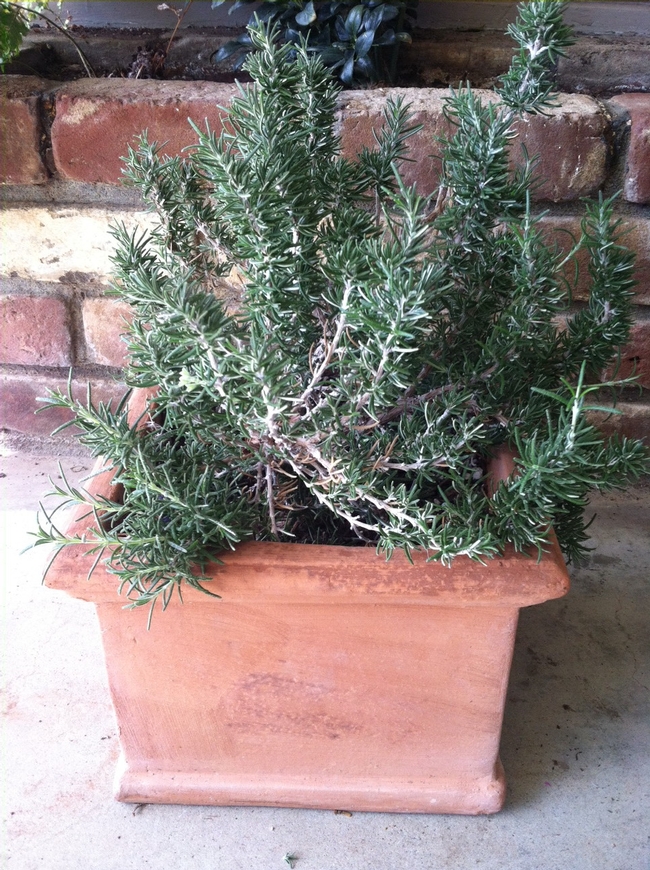
Potted rosemary. (photo by Diana Bryggman)


